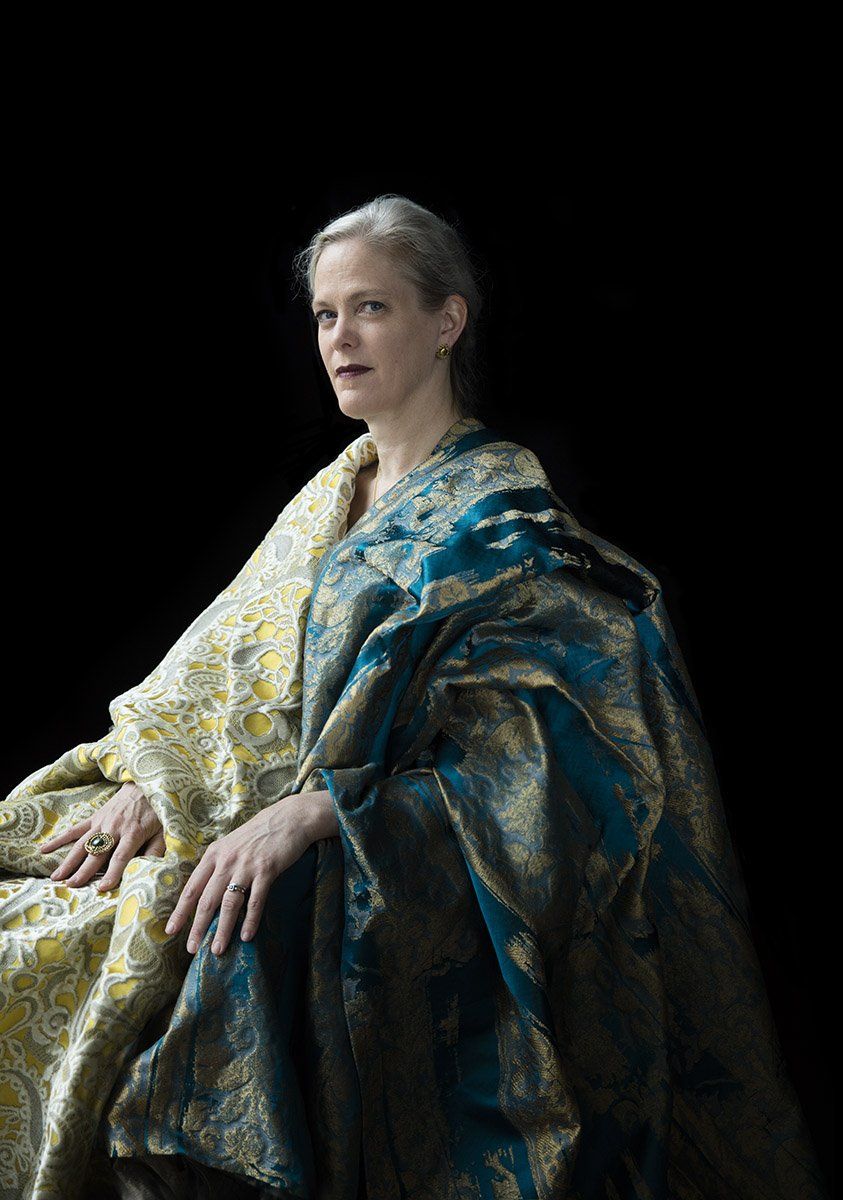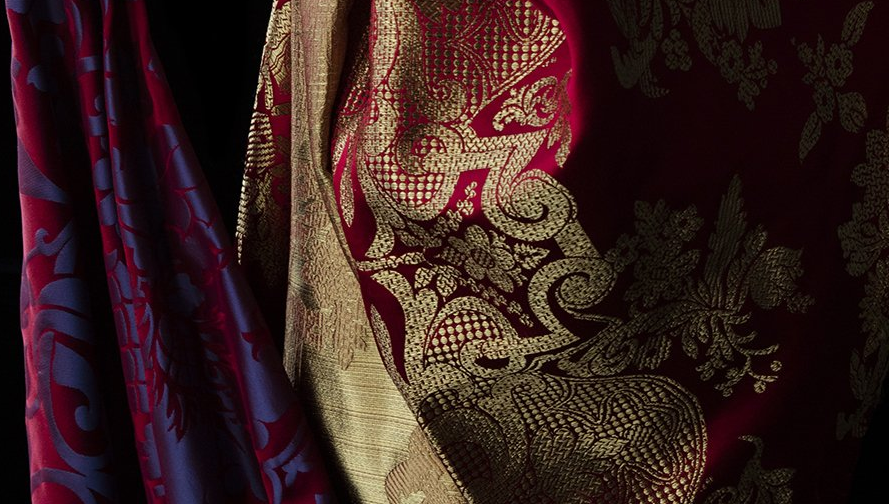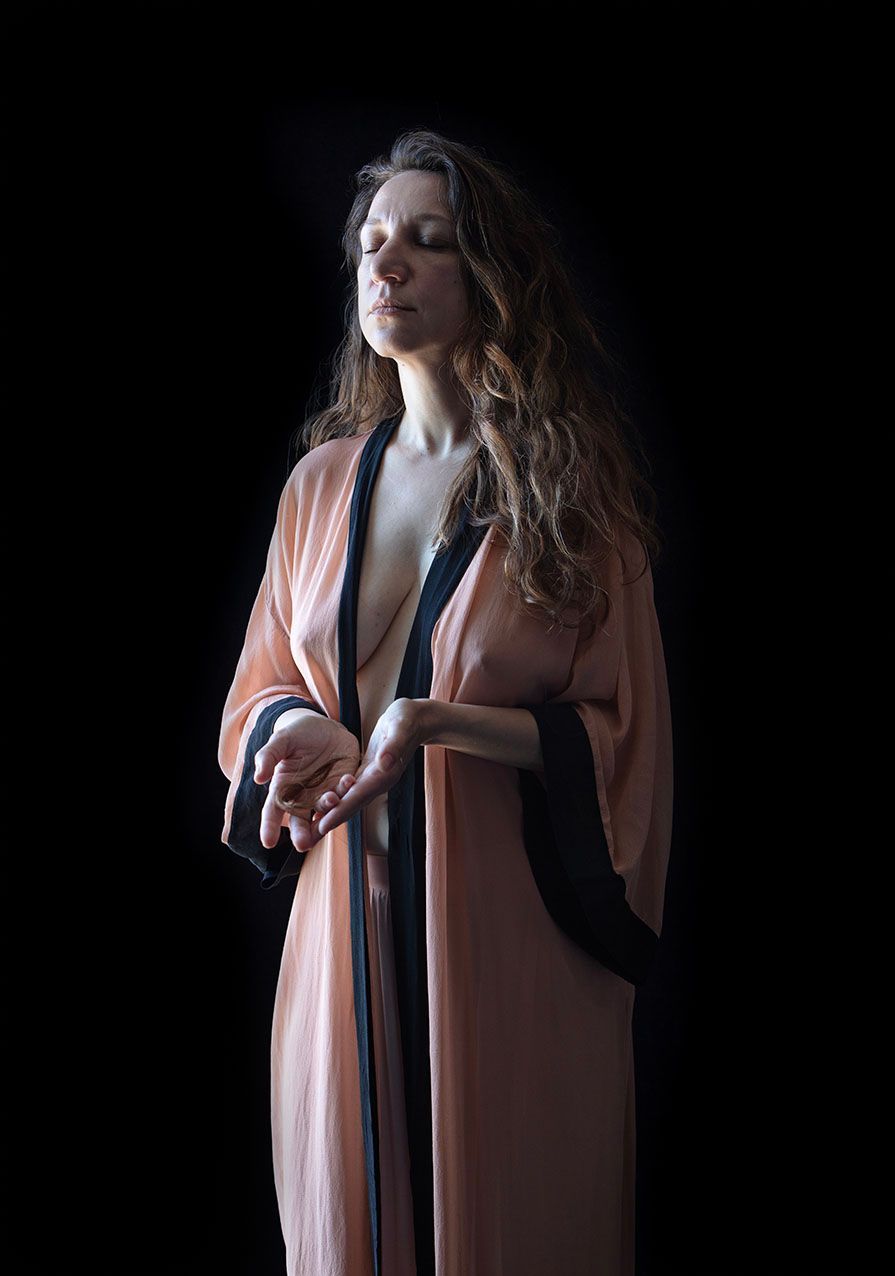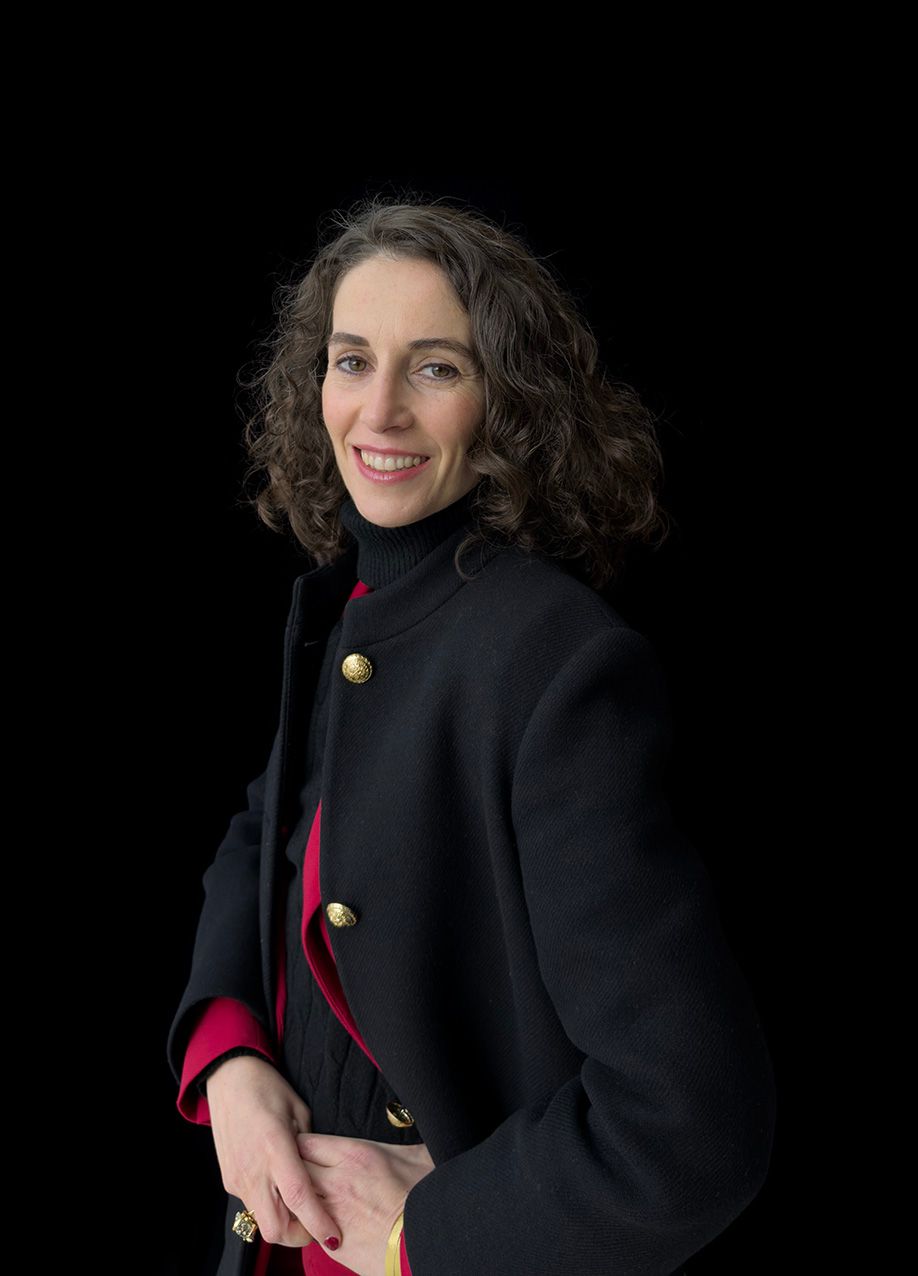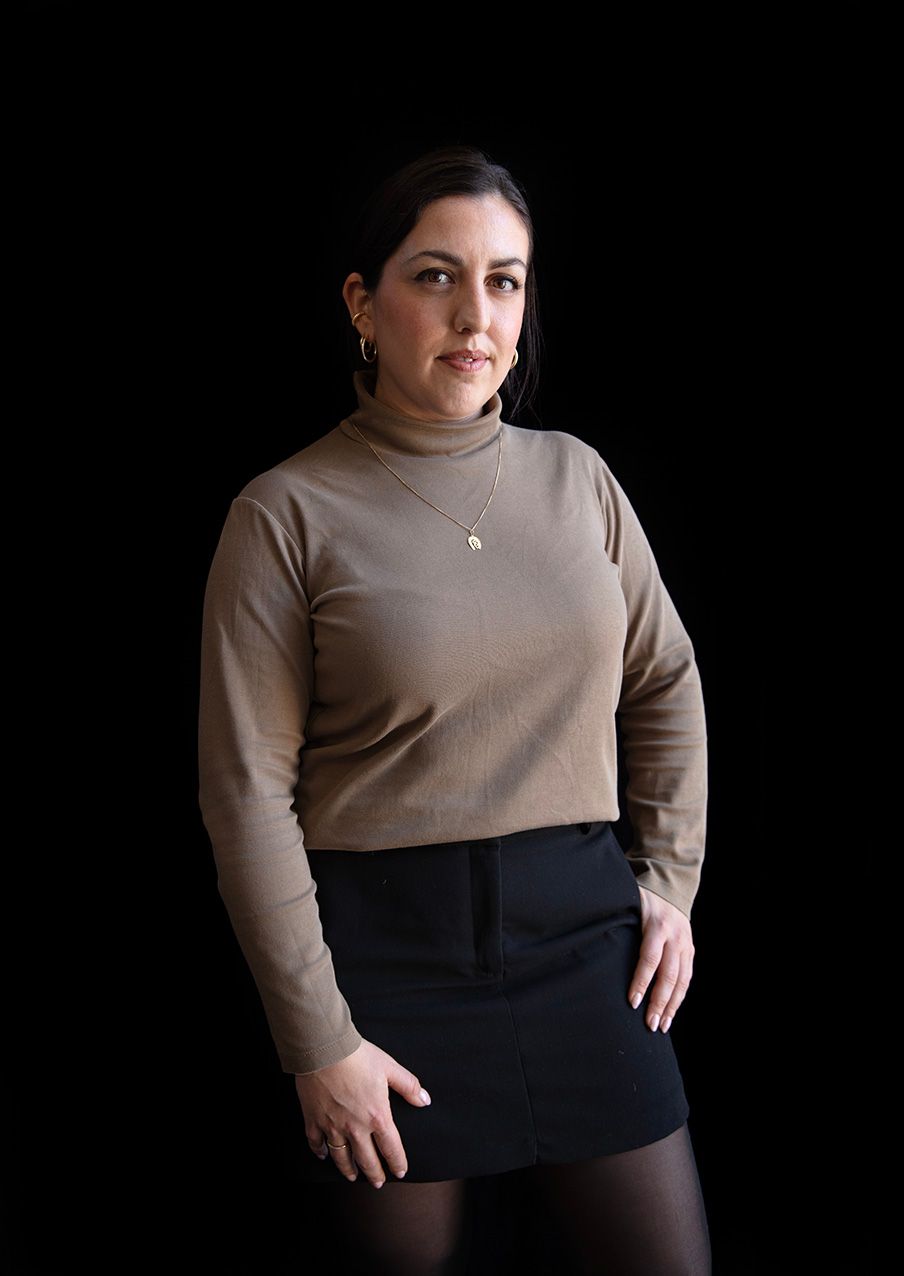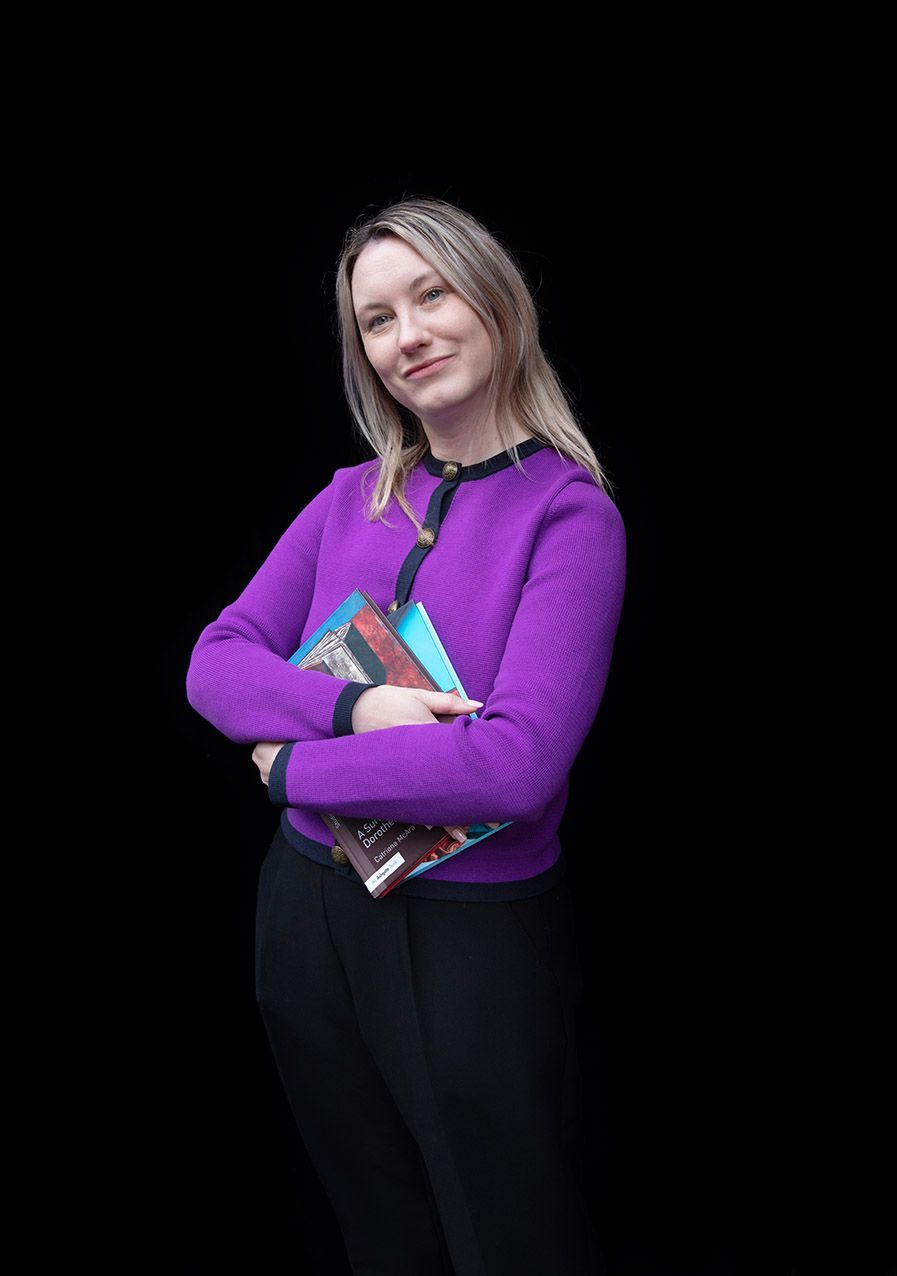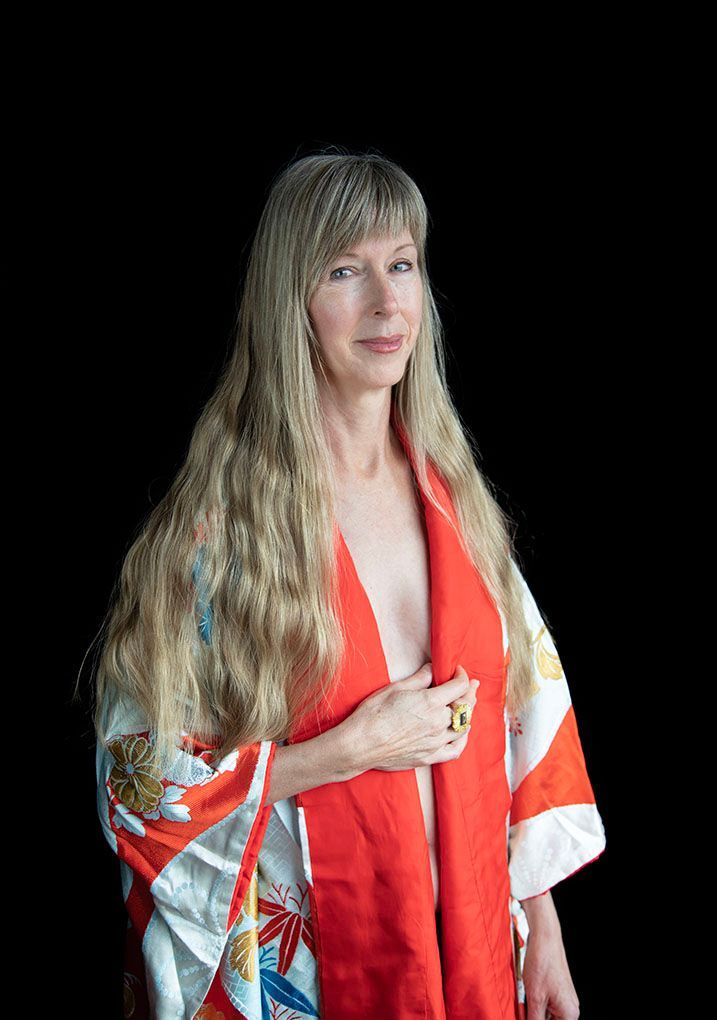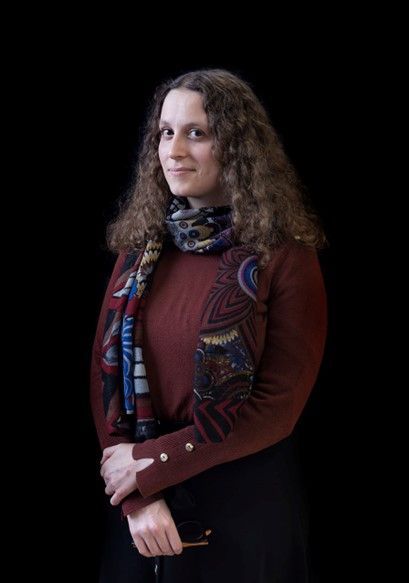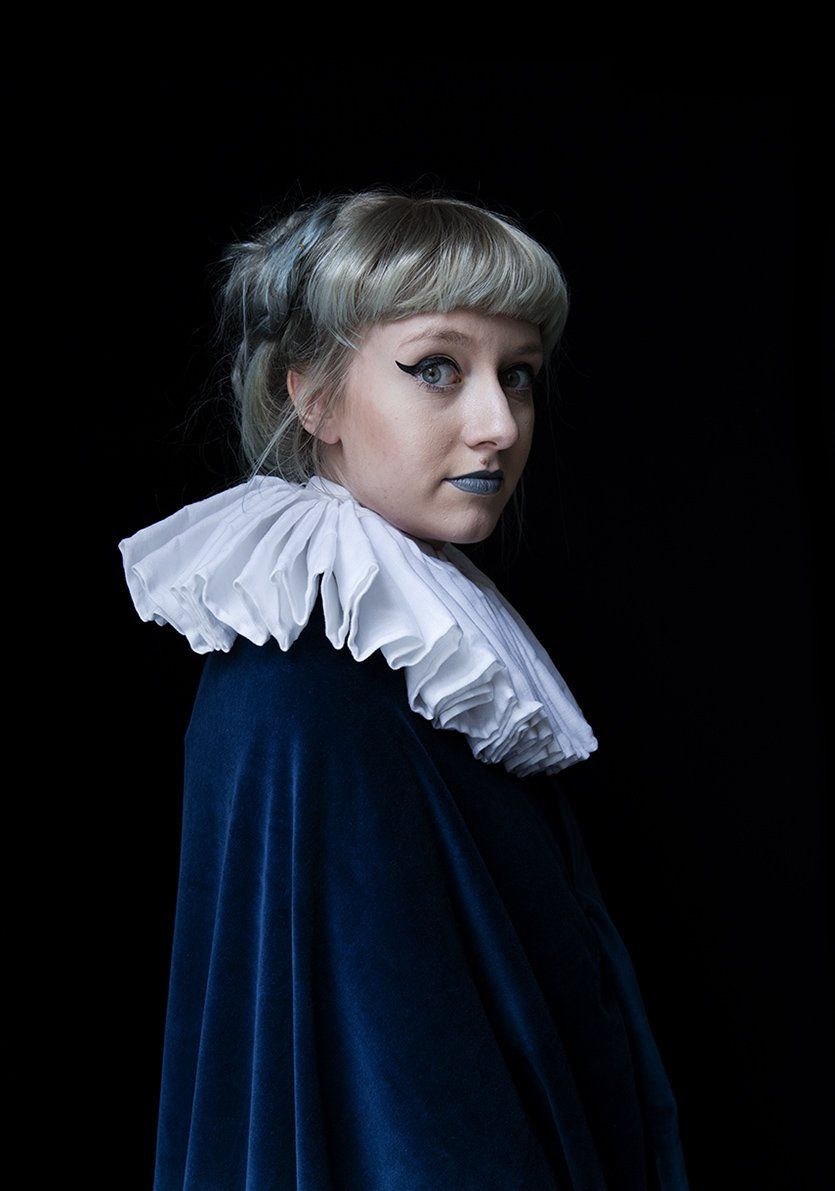Female Voices in Art: Alessandra Laitempergher, Curator and Creative Producer
“Today, women occupy leadership positions in various fields within the arts, including makers, curators, directors and researchers, to name just a few, and are reshaping our understanding of art history and the way we perceive the world.”
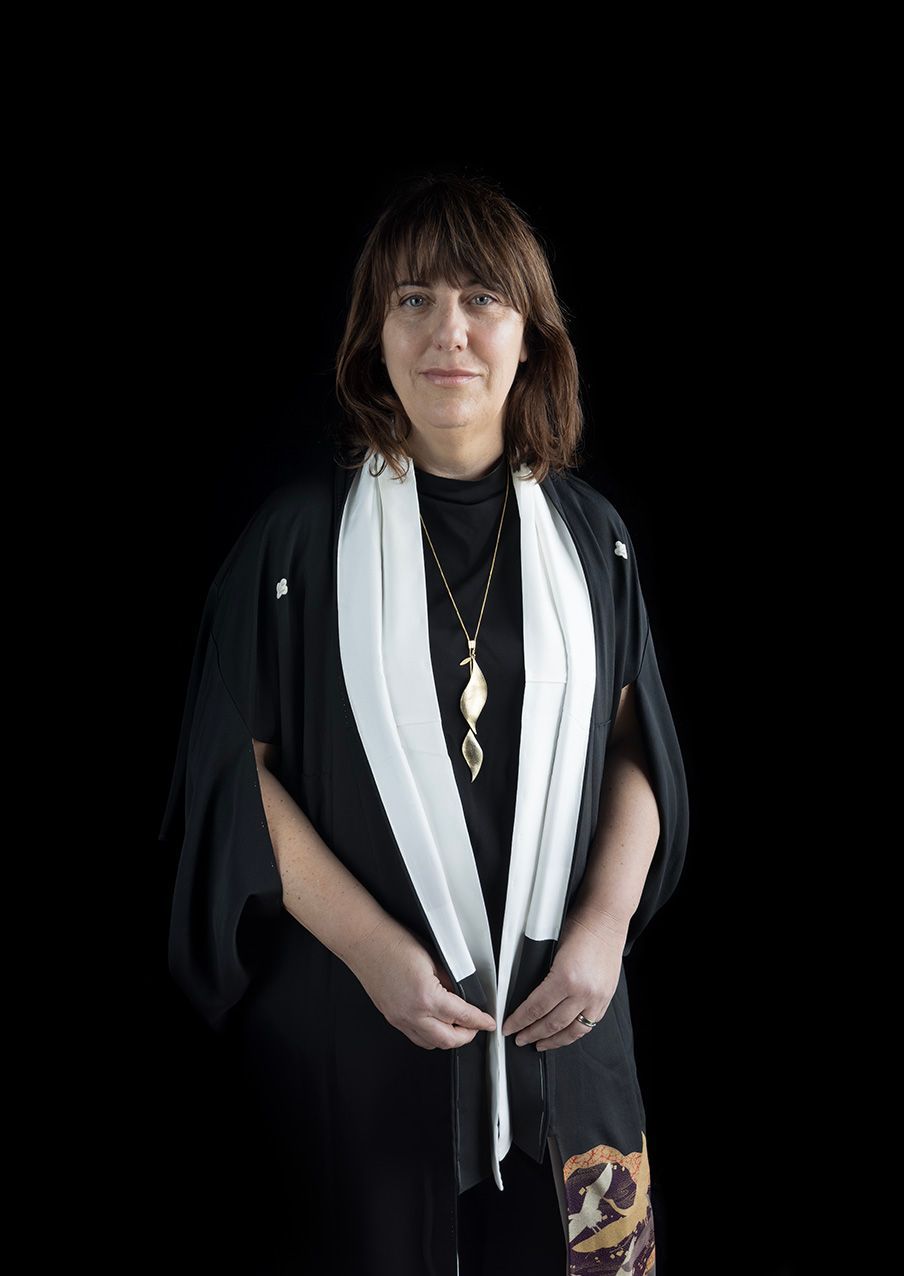
Alessandra Laitempergher (b. 1971, Bolzano, Italy) is a curator and creative producer based in Amsterdam. After her curatorial studies, with a focus on film and photography, she completed a Master's degree in museum studies, specialising in museum education and participation. She joined Museum Beelden aan Zee in 2003, where she held various positions for almost two decades, the longest as Head of Presentation and Education. Since 2020 she has been working as a freelance curator and creative producer, focusing on contemporary social art practice.
Could you tell us something about your role in the art world?
After more than twenty years of working in museums, I changed direction about four years ago to explore what art can do in and for society and communities outside of institutions. I became a freelancer. Today, I dedicate myself to curating and producing, working closely with makers in the process and realization of projects that reflect on the big questions of our time, such as equality, sustainability, and the impact art can have on the wellbeing of the individual, and hopefully, reflect and impact on everyday life at various levels.
What did you enjoy about being a part of this project?
There are several interesting aspects to the project. Firstly, I am usually standing outside the work, observing the finished piece. To find myself in the moment of creation, where idea meets reality, is extraordinary. Becoming the subject rather than the observer requires a different state of mind, which I found both refreshing and challenging at times.
I also enjoyed the element of play, dressing up and preparation, which in my 'imagination' is closely linked to the idea of femininity. More importantly, I felt part of a community of incredible women united by their commitment to the arts. A community brought together and created by Carla with loving attention and extraordinary skill.
Do you have a favourite artist?
I have many favourite artists and discover new talent every year. My admiration goes to those artists who are dedicated to their craft, persistently evolving and embracing the constant challenge of self-improvement. Art is a lifelong journey of learning, with excellence only becoming evident over decades. While my list of admired artists is extensive, certain art projects have reshaped my perspective on the arts. These include Marina Abramović's Balkan Baroque at the 1997 Venice Biennale, William Kentridge's If We Ever Get to Heaven, Marc Quinn's provocative blood self-portraits and the incomparable Kara Walker, among others.
What is your earliest memory involving art?
My earliest memory is of running down the long corridor of the Uffizi in Florence, my mother pulling me fast in her hands against the current. I was about four years old and it was a hot summer. She wanted to show me Botticelli's Venus. The huge picture of Venus, with her glowing hair, emerging from the water in a shell, is the very first image of art I remember. The following year I wanted to look like her for Carnival, but I had to wear clothes...
Do you have any special thoughts about the position of women in the art world?
The historical neglect of women in the arts is undeniable. Often confined to roles such as muses or hobbyist, women's contributions have been marginalised. Today, we are aware of this misperception and are actively driving a shift in perceptions within the artistic field. While I believe in the value of art regardless of gender, it's clear that we've overlooked a rich wealth of talent. Today, women occupy leadership positions in various fields within the arts, including makers, curators, directors and researchers, to name just a few, and are reshaping our understanding of art history and the way we perceive the world. It's a long journey and it's only just begun.
What are you wearing in the portrait, and is there a story behind it?
We tried a few different outfits and finally chose a kimono from Carla's amazing collection because it reflects my taste, who I am and how I like to look, with elegant clean lines and beautiful details. The neckless I am wearing is by far my favourite piece, it was bought at a difficult time in my life as a gift to myself. It reminds me of the little beauties you can find in everyday life.
What are you currently working on?
Since moving into freelance work, I have been concerned about the gap between contemporary art and society. In order to bridge this gap, if only temporarily, I've focused on exploring the significance of art in our daily lives through various projects. These initiatives address important social issues such as the role of nature, the impact of art on well-being and the representation of women. Among these efforts, the Stimulus Project stands out as a significant undertaking. Working with healtcare professionals, artists, the Amsterdam Museum and researchers from University of Amsterdam, we're exploring the potential impact of art exhibitions on overall well-being. This collaborative effort promises to be a profoundly enriching experience.
Could you mention a project, an institution that, or a person who has been important or inspiring for your career and why?
There is more than one, but for almost two decades I have been associated and I identified with, Museum Beelden aan Zee, where I grew up professionally. There I learned how to make exhibitions and communicate them to audiences. It was great effort and gift. The person within the institution who thought of me the most is the former director Jan Teeuwisse, from whom I learned (absorbed is the word I used to say) everything I know about sculpture and how to go on with all kinds of projects with a curious pioneer mindset.
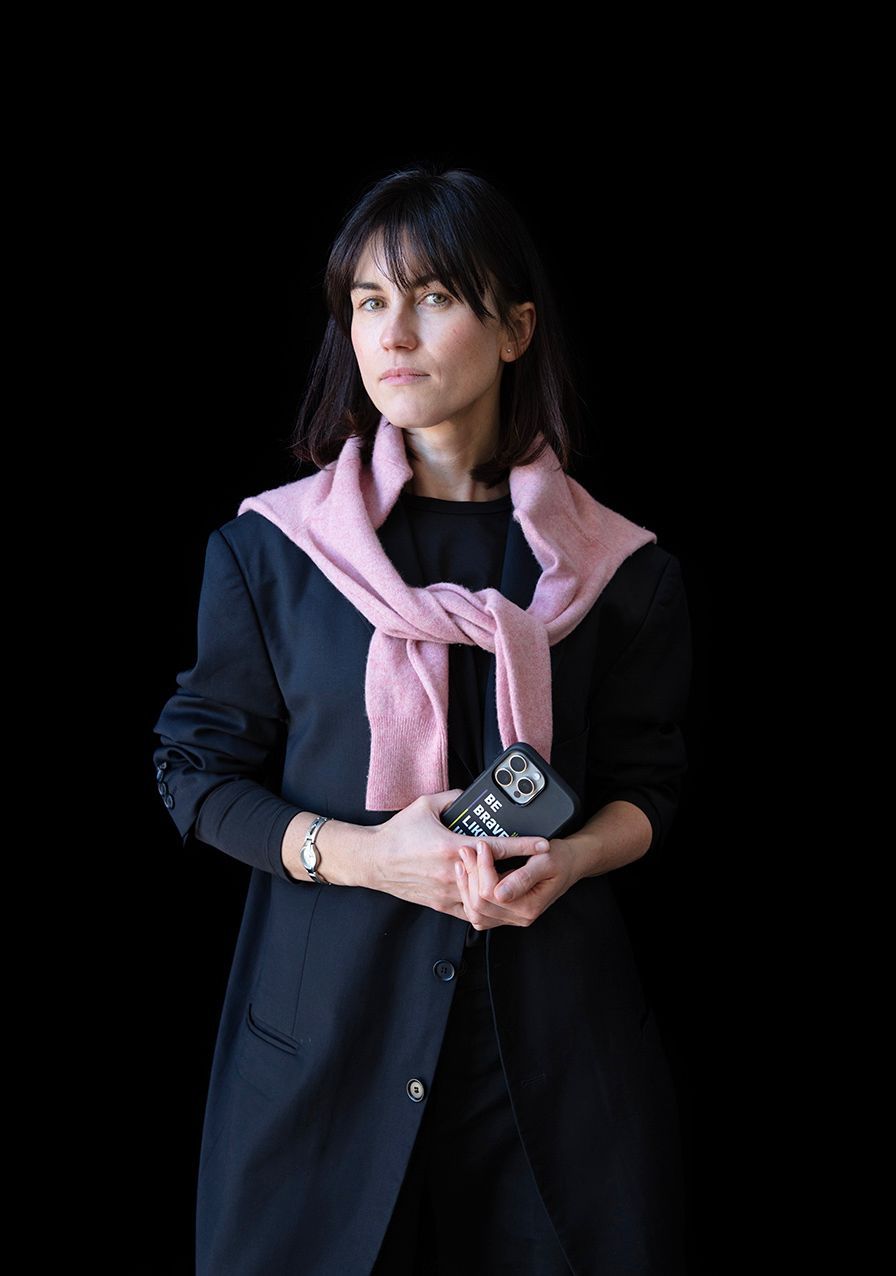
Female Voices in Art: Interview with Mariana Varchuk, Curator Khanenko National Museum of Arts, Kyiv
